

A bee center in Charlottetown and the restoration of Place Vauquelin in Montreal are among the 12 projects that were distinguished with a 2018 National Urban Design Award. Launched in 2006 by the Royal Architectural Institute of Canada, the Canadian Institute of Planners and the Canadian Society of Landscape Architects, the biennial awards program highlights urban design excellence and raises awareness of the integral role that urban design has in the quality of life in Canadian cities.
Check out the 2018 list of medal recipients and certificates of merit projects below.
MEDAL RECIPIENTS
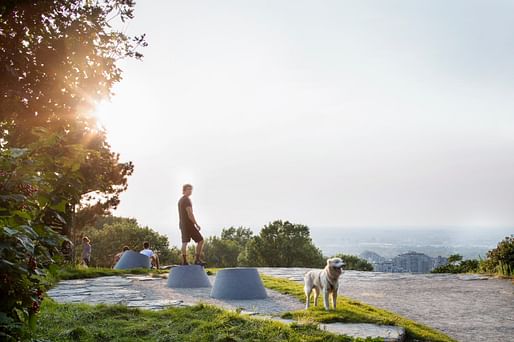
Category: Urban Fragments
Discovery Halts (Escales découvertes), Montreal, QC
Completion: 2018
Lead Firms: civiliti and julie margot design
Client: City of Montreal
Summary: “Designed to commemorate Montreal’s 375th anniversary in 2017, the project aims to provide visitors to Mount Royal with a new experience of the mountain and a clearer understanding of its natural and historical features. ‘The project demonstrates a high degree of appreciation for the rich architectural and landscape history of the Mount Royal Heritage Site.’”

Category: Small or Medium Community Urban Design Award
The Kuujjuaq Hackathon 2017: Reassembling the North Northern Village of Kuujjuaq, QC
Completion: 2017
Lead Organization: McGill University, Minimum Cost Housing/Hackathon Group
Client: The Northern Village of Kuujjuaq
Summary: “Residents of the Northern Village of Kuujjauq and designers from southern Quebec repurposed materials from the village dump to design and build an outdoor sports pavilion. ‘The modest scope of the project raises the question of what could be achieved if this approach to revitalization of remote communities was properly funded and resourced.’”

Category: Community Initiatives Award
Urban Beehive Project, Charlottetown, PEI
Completion: 2018
Lead Firm: Nine Yards Studio
Summary: “In collaboration with the community, the architects created a destination to learn about the importance of bees in a sustainable environment. “The innovative Urban Beehive Project shows how urban design can help address, educate, and inspire people to protect and conserve the environment.’”
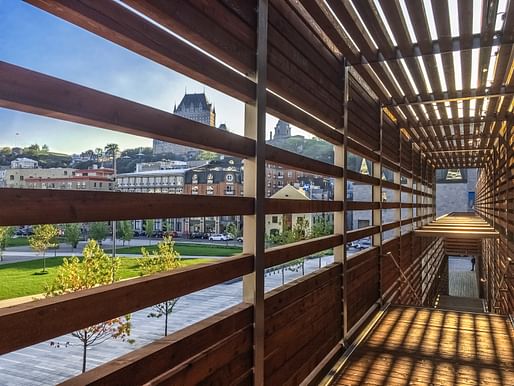
Category: Urban Architecture
Place des Canotiers: Parkade, Artifact Wall, and Public Realm, Quebec City, QC
Completion: 2017
Lead Firms: DAOUST LESTAGE and ABCP
Client: National Capital Commission of Quebec
Summary: “A multidisciplinary team of urban designers, architects, landscape architects, industrial, and graphic designers transformed a surface parking lot into Old Quebec’s largest public space. ‘You couldn’t pick a much more challenging site nor imagine a better design solution.’”
![[tactical] Infrastructure, Edmonton, AB by Bryce Clayton (University of Waterloo). Image: Bryce Clayton. [tactical] Infrastructure, Edmonton, AB by Bryce Clayton (University of Waterloo). Image: Bryce Clayton.](https://archinect.gumlet.io/uploads/ue/ue7mw0yna95086s5.jpg?fit=crop&auto=compress%2Cformat&enlarge=true&w=514)
Category: Student Projects
[tactical] Infrastructure, Edmonton, AB
Completion: 2017
Project Lead: Bryce Clayton (University of Waterloo)
Summary: “This proposal is for the City of Edmonton to use snow and the involvement of citizen groups to create winter public spaces in the downtown core. “This project is a provocative call to action for all winter cities to use the snow that would otherwise be removed to shape interactive, outdoor spaces.’”
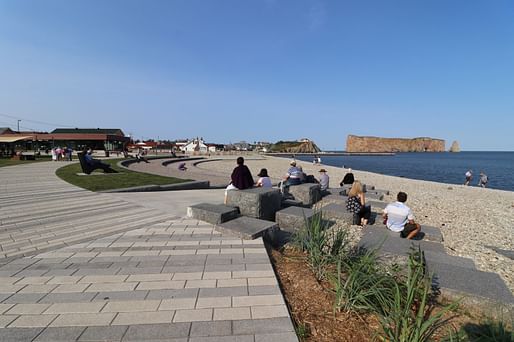
Category: Sustainable Development
Rehabilitation of the waterfront and boardwalk at the Anse-du-Sud sector of Percé, QC
Completion: 2018
Lead Firm: AECOM
Client: City of Percé
Summary: “Devastated by climate change events, the waterfront and boardwalk received exceptional assistance from the Quebec government to fast-track a project for their protection and rehabilitation. ‘The shoreline was made resilient to future storms through environmentally sustainable design measures.’”
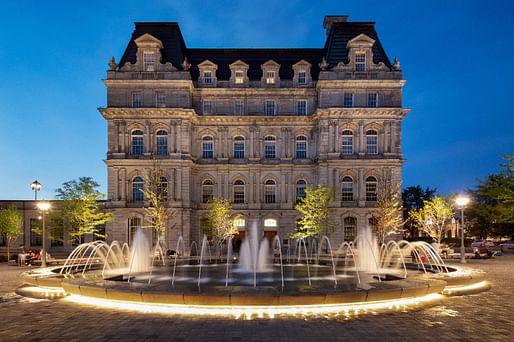
Award Category: Civic Design Projects
Place Vauquelin, Montreal, QC
Completion: 2017
Lead Firm: Lemay (Marie- Ève Parent, Jean-Philippe André, Sophie Lacoste, Carlos Santibanez)
Client: City of Montreal and Government of Quebec
Summary: “The aim was to restore Place Vauquelin in Old Montreal’s administrative district and maximize its natural and historic features. ‘Last updated over a half-century ago, the new Place Vauquelin solidifies its importance in Old Montreal’s landscape heritage.’”
Category: Urban Design Plans
TOcore: Downtown Parks and Public Realm Plan, Toronto, ON
Completion: 2018
Lead Organizations: PUBLIC WORK and City of Toronto
Client: City of Toronto
Summary: “The plan establishes a vision and framework for an expanded, improved, and connected parks, and public realm network within downtown Toronto to support a doubling of its population over the next 25 years. ‘It is a highly useful template for the citizen, designer, and politician to understand the ways in which Toronto could achieve a public realm that is more accessible, cohesive, and of greater substance.’”
CERTIFICATES OF MERIT
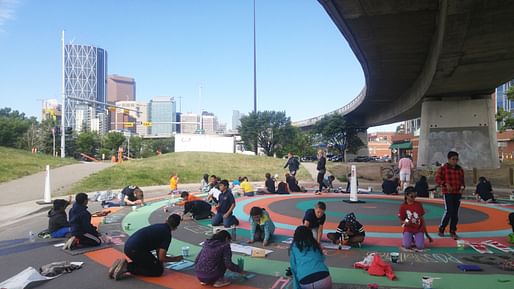
Category: Community Initiatives Award
The 4th Ave Flyover, Calgary, AB
Completion: 2017
Project Lead: Tawab Hlimi, Assistant Professor in Landscape Architecture, Faculty of Environmental Design, University of Calgary
Summary: “The project involved Grade 6 students and the local community in designing improvements to a dead-end street hidden under a flyover. ‘The 4th Avenue Flyover project successfully reclaims an incidental roadway into a vibrant nature-play environment using a tactical approach of community action and inexpensive materials.’”
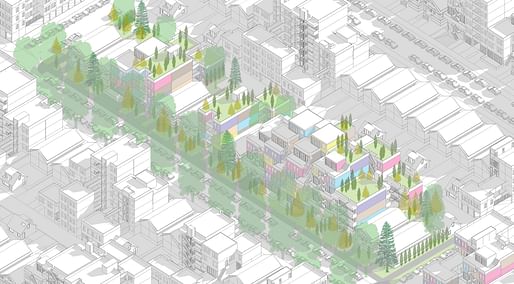
Category: Student Projects
Domestic Insurgency - Towards Affordable Housing in Vancouver, Vancouver, BC
Completion: 2018
Project Lead: James Banks (University of Waterloo)
Summary: “This thesis develops a housing framework for the private sector to build dwellings for a range of incomes. ‘Domestic Insurgency offers a thorough reading of the issues that could lead to a more equitable and mixed-income housing ecosystem for Vancouver.’”
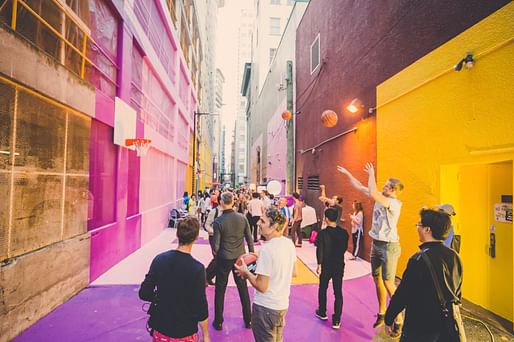
Category: Urban Fragments
More Awesome Now Laneway Activations, Vancouver, BC
Completion: Alley-Oop (2016); Ackery’s Alley (2018)
Lead Firm: HCMA Architecture + Design
Client: Downtown Vancouver Business Improvement Association
Summary: “In a city where land value continues to rise, the More Awesome Now project creates public space by activating city laneways. ‘This compelling project shows us that with a sharing mindset single-use urban spaces can be vibrant social spaces.’”
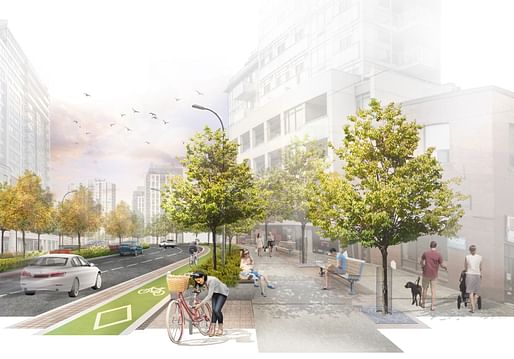
Category: Urban Design Plans
Six Points Interchange Etobicoke, ON Plan
Completion: 2013
Lead Firm: SvN
Client: City of Toronto
Summary: “This 60s-era, ‘spaghetti junction’ will be replaced by an at-grade pedestrian-friendly intersection, boulevards, trees, bike lanes, and space for patios. “This project provides an excellent template for other cities and towns to repair their own spaghetti junctions.’”
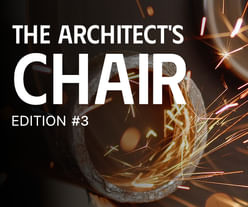
The Architect's Chair / Edition #3
Register by Wed, Jan 15, 2025
Submit by Tue, Feb 18, 2025

Land Art Generator Initiative 2025 Fiji: Climate Resilience for Island Communities
Register/Submit by Mon, May 5, 2025

Museum of Emotions / Edition #6
Register by Thu, Jan 23, 2025
Submit by Tue, Apr 29, 2025
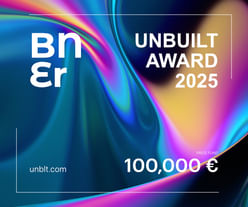
100,000 € Prize / Buildner's Unbuilt Award 2025
Register by Thu, Oct 30, 2025
Submit by Thu, Nov 20, 2025
No Comments